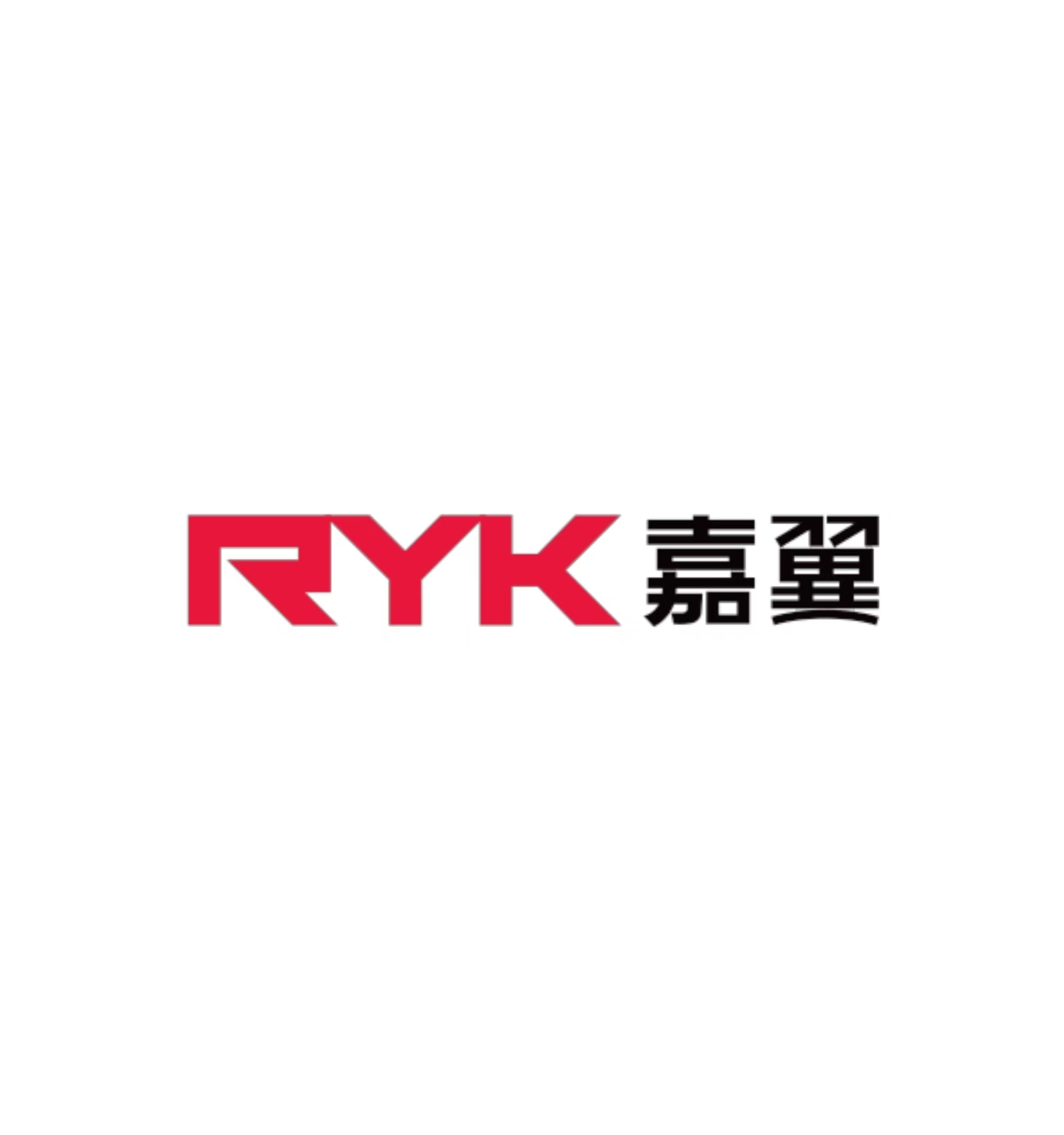Introduction
In the ever-evolving landscape of automation and precision engineering, linear actuators (LA) stand as pivotal components driving efficiency, accuracy, and innovation across industries. From industrial machinery to consumer electronics, these devices convert rotational energy into linear motion, enabling applications ranging from robotic arms to automated door systems. As a leading provider of Linear Modules, Ball Screws, and Electric Cylinders, we explore the latest advancements in linear actuator technologies and their transformative impact on modern engineering.

Understanding Linear Actuators: Core Principles and Design
A linear actuator is a mechanical device that translates rotational energy (from electric motors, hydraulics, or pneumatics) into controlled linear motion. Unlike traditional motors, which produce circular movements, LAs are designed to apply force in a straight line, making them ideal for tasks requiring precision and repeatability.
Key Design Innovations
- Lead Screw Mechanisms:
The foundational design of many linear actuators relies on the inclined-plane principle. A lead screw’s threads act as a continuous ramp, allowing a small rotational force to move heavy loads over short distances. This design is prevalent in applications like CNC machines and 3D printers. - Hydraulic vs. Electric Actuators:
- Hydraulic Actuators: Provide immense force for heavy-duty applications (e.g., construction equipment, automotive lifts) but require complex maintenance.
- Electric Actuators: Offer energy efficiency and precision, making them suitable for robotics, medical devices, and aerospace.
- Modular Integration:
Products like Linear Modules and XYZ Stages combine multiple components (e.g., ball screws, guides) into compact, customizable systems, enhancing flexibility and performance in confined spaces.
Applications Across Industries
Linear actuators are ubiquitous, powering solutions in:
- Manufacturing: Automated assembly lines, pick-and-place robots, and CNC machining.
- Healthcare: Surgical robots, prosthetic limbs, and diagnostic equipment.
- Aerospace: Satellite positioning systems and aircraft landing gear.
- Consumer Electronics: Smart home devices, gaming consoles, and 3D printers.
Case Study: XYZ Stage in Semiconductor Manufacturing
In wafer fabrication, XYZ Stages paired with high-precision linear actuators enable nanoscale positioning, critical for lithography and inspection processes. This integration reduces cycle times and defect rates, showcasing the synergy between linear motion components.
Future Trends: Smart Actuators and Industry 4.0
The next wave of innovation focuses on:
- Smart Actuators: Equipped with IoT sensors and AI algorithms, these devices self-diagnose, optimize performance, and predict maintenance needs.
- Energy Efficiency: Electromagnetic and piezoelectric actuators are gaining traction for their low power consumption and eco-friendly operation.
- Miniaturization: Advances in micro-actuator technology drive applications in wearable devices and micro-robotics.
Conclusion
Linear actuators are not just components—they are the backbone of modern automation. As technology advances, their integration into smart systems will redefine efficiency and precision. For businesses seeking cutting-edge solutions, exploring Ball Screws and Electric Cylinders can unlock new levels of performance. Stay ahead of the curve by leveraging innovative linear motion technologies.
Contact us for tailored automation solutions:[email protected]
External Links:
- Learn more about semiconductor manufacturing trends at SEMI.org.
- Explore IoT-enabled actuator solutions at AutomationWorld.com.

